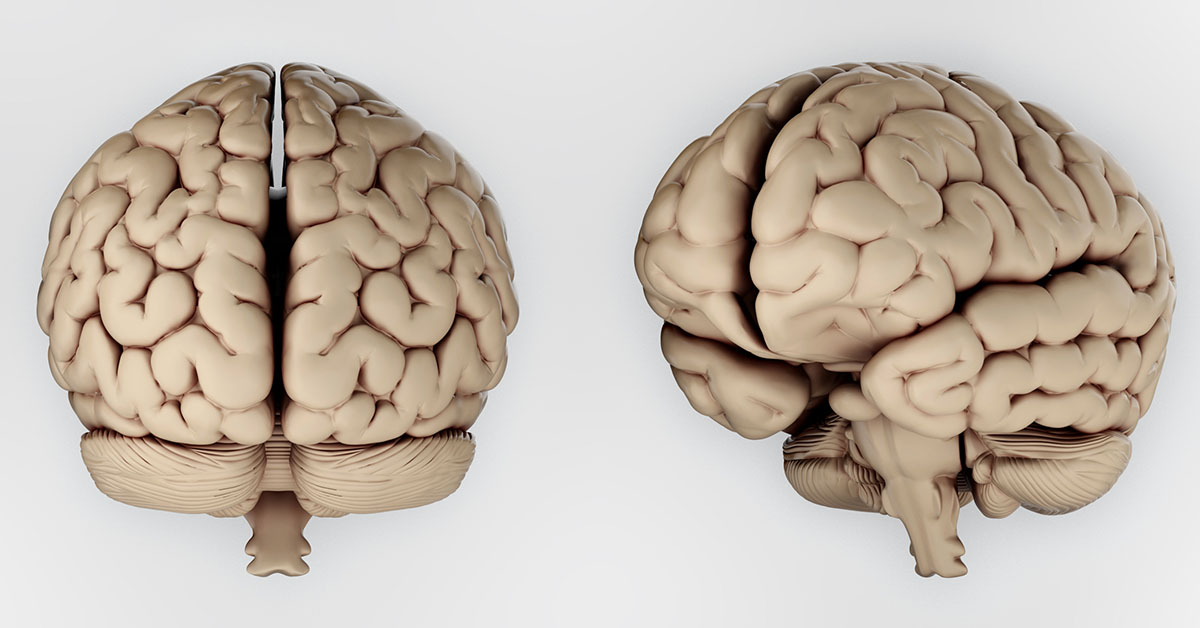Microvascular Decompression for the Trigeminal Nerve

What is Microvascular Decompression for the Trigeminal Nerve?
Microvascular decompression of the trigeminal nerve is a surgical procedure that helps relieve the compression on the trigeminal nerve in the face, thus relieving pain that patients are experiencing.
What is the Trigeminal Nerve?
The trigeminal nerve is the 5th cranial nerve. It is a nerve that arises from the brain and passes through different openings within the skull to supply the muscles and skin on the face. During its course, it divides into 3 branches - one supplies the tissues around the eye, ones supplies the cheek and one supplies the jaw.
Any damage to the trigeminal nerve due to compression from an enlarged blood vessel can cause pain and distress to the patient, and in such situations patients will require microvascular decompression of the trigeminal nerve.
How is the Procedure Performed?
The procedure is performed under general anaesthesia. Once consent is obtained, the patient is positioned on the operating table so as to get clear access to the trigeminal nerve. The head is fixed in position so as to avoid any movements during surgery.
The skin behind the ear is cleaned, and a small incision is made. Through this incision, an opening is made in the skull. This exposes the outer protective layer of the brain - this is called the dura. The dura is opening with the scalpel and the cerebellum (lower part of the brain) is gently moved in order to visualise the trigeminal nerve.
The surgeon will then take a good look around to find the blood vessels that is compressing upon the trigeminal nerve. This is gently moved and a small pad is placed in between the nerve and the blood vessel to prevent further contact. If required, a small part of the trigeminal nerve will be cut.
Once this is done, the surgeon will take out the instruments and will suture close the dura. The opening within the skull is closed with a titanium mesh or with bone cement. The skin is closed with sutures.
After the Procedure
The patient is monitored for a few days and is discharged home. Follow up visits will be arranged.
Benefits
The procedure can help effectively relieve pain that the patient is experiencing.
Risks
Unfortunately, there are a few risks with the procedure. Pain relief may only be temporary, and in some patients the pain can return after a while. There is a small risk of loss of hearing, weakness and numbing of the face and double vision. All these risks are rare.




